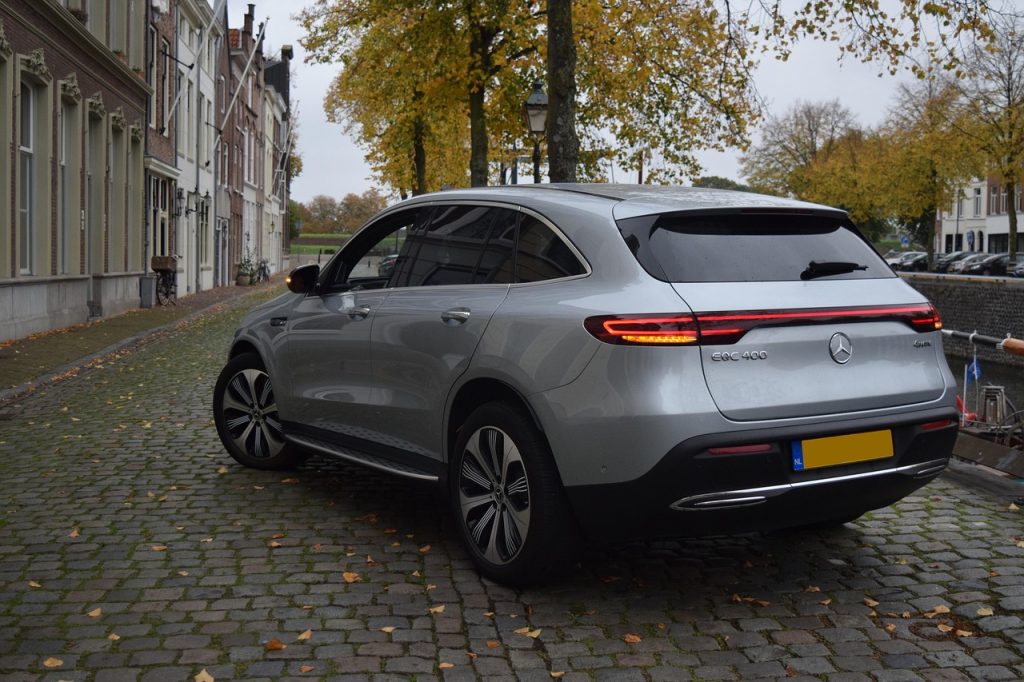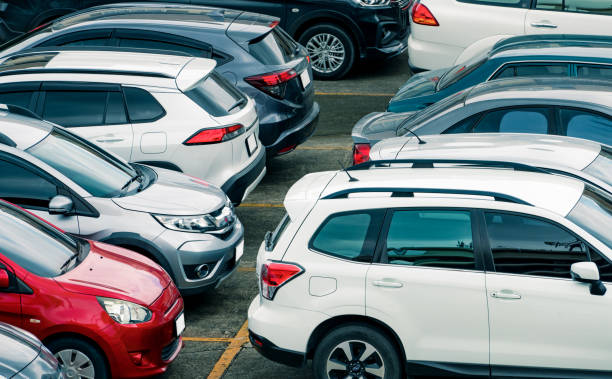Table of Contents
Dealerships are reducing prices on inventory SUVs, enticing potential customers because of things going on in the supply and demand of the auto market.
Economic Factors Driving the Price Cuts
Economic reasons like higher fuel costs, inflation, and increased interest rates have resulted in decreased demand for new SUVs. Dealerships are cutting prices aggressively to clear inventory, which has them change drastically to maintain sales levels and lead to a cascade of price reductions.
Overproduction and Supply Chain Issues
The automotive sector has experienced some major supply chain disruptions that have resulted in both over- and under-supply of different models. Initially, production was slow due to a shortage of microchips and other critical components, but eventually, the production level increased. Today, some manufacturers are left with overstock, which is concentrated in the SUV market. Inadequate production schedules combined with changes in consumer preferences have resulted in dealerships having a surplus of unsold SUVs. Dealerships are discounting the vehicles to get rid of this excess inventory, sometimes at the cost of their profit.
Impact of New Vehicle Launches
The regular release of new SUV models also has a big impact on the markdown of aged stock. When new models enter the market with better technology, improved fuel efficiency, and more features, older models lose their appeal. This technology updates pressure dealerships to sell prior models faster by dropping their prices. Consumers tend to be attracted to the newest models, so demand for last year&8217;s stock diminishes. Dealerships counter by lowering prices to appeal to price-sensitive buyers.
Seasonal Sales Strategies
Dealerships tend to follow a seasonal pricing practice. As the year gets close to the finish line, most dealerships want to sell off the old stock to provide space for new shipment arrivals. This time-of-year strategy is particularly important for SUVs, as they can have varying levels of demand depending on the season. Winter months could have a higher demand as people like SUVs more during cold weather, and the summer might shift consumer focus to other vehicles. Seasonality can thus result in massive price cuts as dealerships attempt to pack as much fiscal year business as possible.
Effects of Electric Vehicles (EVs)
The automotive industry is experiencing a movement away from gas-guzzling SUVs and toward electric vehicles (EVs), and that change is significantly affecting SUV sales. Consumers are increasingly turning to electric or hybrid models, which provide extended fuel cost savings and are frequently encouraged by government rebates. The increased popularity of EVs translates into fewer of the older gas-guzzling SUVs being purchased. This change forces dealerships to reduce prices of traditional SUVs to be competitive. The transportation green revolution is playing an important role in contributing to the decreased prices of traditional SUVs in dealerships.

Dealer Tactics to Attract Buyers
Dealerships use numerous strategies to encourage purchasers when there is a rise in unsold stocks. Besides reduced prices, they may provide good financing terms, extended warranties, and other benefits such as maintenance packages for free. No-down-payment options and trade-in rebates are also popular incentives to attract customers. Such aggressive promotional campaigns seek to lower SUV prices to make them affordable and desirable for buyers who otherwise may hold off because of economic instability or shifting tastes. These strategies all contribute to an even stronger argument for prospective SUV shoppers.
Consumer Trends and Preferences
Changing consumer trends and preferences significantly affect the automobile market. Recent years have seen a rise in the popularity of compact SUVs and crossovers, which combine the features of larger SUVs with the efficiency and maneuverability of smaller cars. Full-sized SUVs with high fuel consumption are becoming less popular, leading to an increase in unsold inventory. Additionally, more consumers are prioritizing sustainability and eco-friendliness, further dampening the demand for traditional SUVs. These evolving preferences force dealerships to adjust their strategies and pricing structures to meet the new demands.
Opportunities for Buyers
For the buyers, the discounts on unsold SUVs are a golden opportunity. With substantial discounts offered, customers can acquire top-quality cars at far less cost than they normally would. This situation is especially ideal for those who require the additional room, power, and performance that SUVs provide, ranging from families with more space needs to explorers who require excellent off-road cars. Even the extra incentives provided by dealerships can combine to present a more appealing overall buying package. Smart shoppers are able to take advantage of these offers, receiving a higher value for their money as dealerships try to move their inventory.
